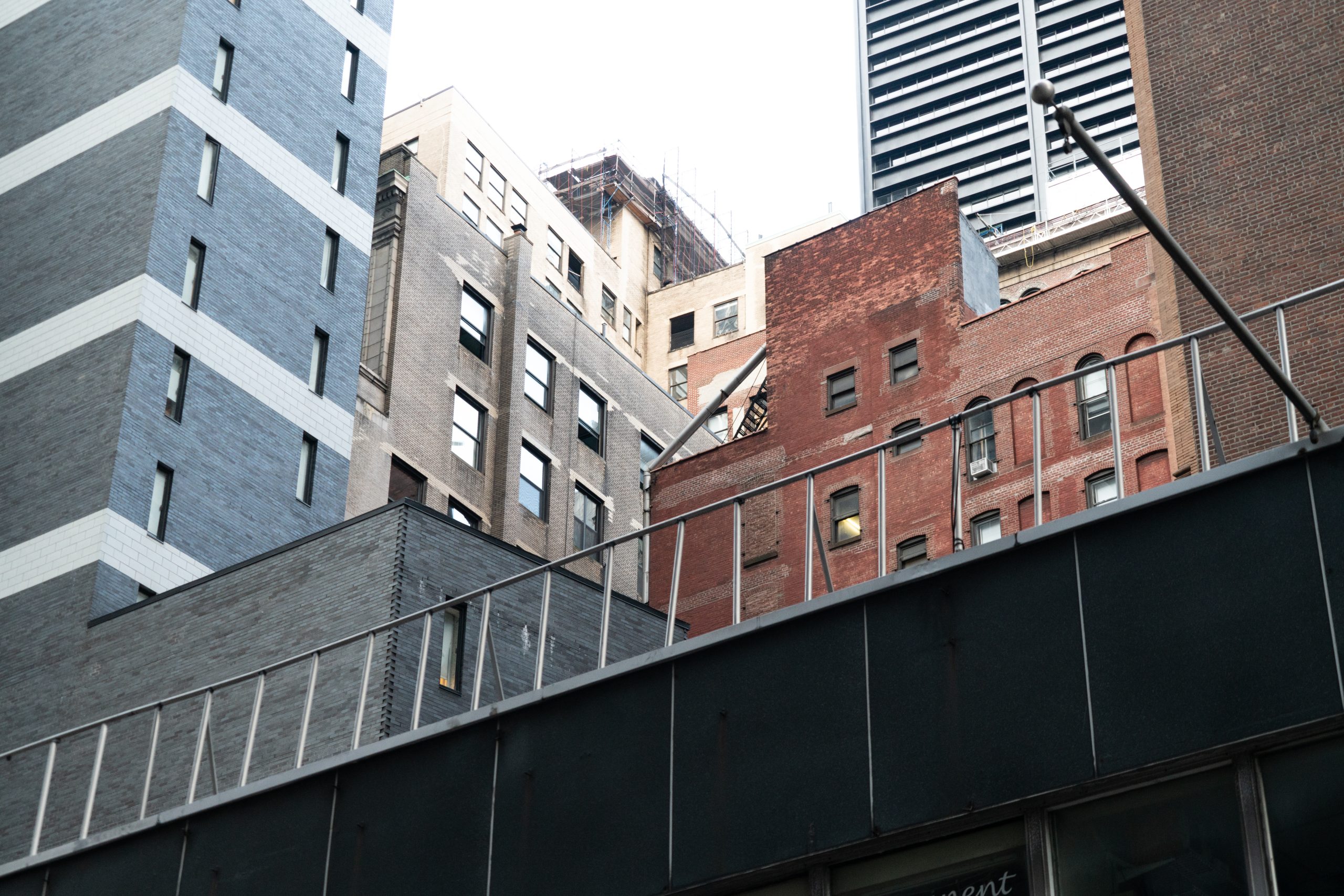Second Circuit Finds in Landlord’s Favor Reversing Bankruptcy Court Decision, A Case of First Impression
August 2, 2012
In Re: Association of Graphic Communications, Inc. Super Nova 330 LLC v. Ian J. Gazes
(U.S. Ct. of Appeals 2nd Cir. August 2, 2012)
Itkowitz represented the landlord of a commercial building in Midtown in ongoing litigation in New York City Civil Court. Itkowitz obtained a money judgment and a judgment of possession against the tenant, Graphic Arts, in a summary non-payment proceeding. One day after Itkowitz obtained a warrant of eviction against the tenant, tenant filed for bankruptcy. Accordingly, the automatic bankruptcy stay prevented the landlord from executing on the warrant of eviction.
Typically, when a tenant files for bankruptcy, they owe “post-petition” use and occupancy – namely, they must pay rent for the time they occupy the space from the date of the bankruptcy filing to the date they either accept or reject the lease. This is true only when the lease is “unexpired.” In fact, both the Bankruptcy Court and the Southern District of New York found that the lease in question was not “unexpired”, as a warrant of eviction had been issued.
Itkowitz appealed to the Second Circuit Court of Appeals, arguing that the lease was indeed “unexpired.” Relying on Second Circuit precedent, Itkowitz successfully argued that a lease can be both terminated by the issuance of a warrant of eviction and unexpired for the purposes of the Bankruptcy Code. The key tenet of the decision was that a tenant may have the lease reinstated, upon a showing of good cause, subsequent to the issuance of a warrant of eviction. Therefore, for the purposes of liability for post-petition rent, such a lease is not unexpired.
The Second Circuit remanded the case to the Bankruptcy Court for a trial on various factual issues that remain unresolved, such as whether or not the tenant remained in possession of the premises after the bankruptcy filing.
This decision was Highlighted in the August 10, 2012 New York Law Journal. We will shortly have a reprint here. Here is a REPRINT.






